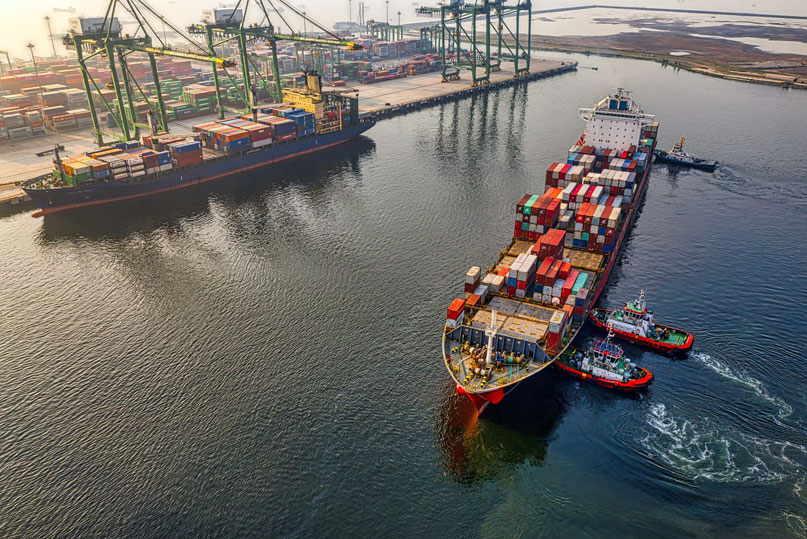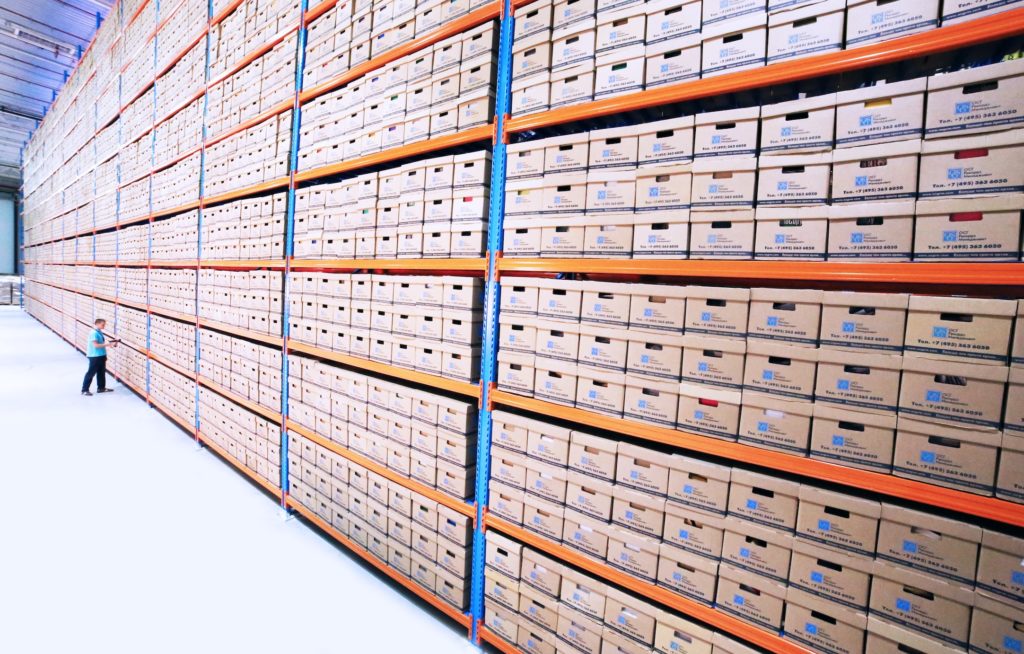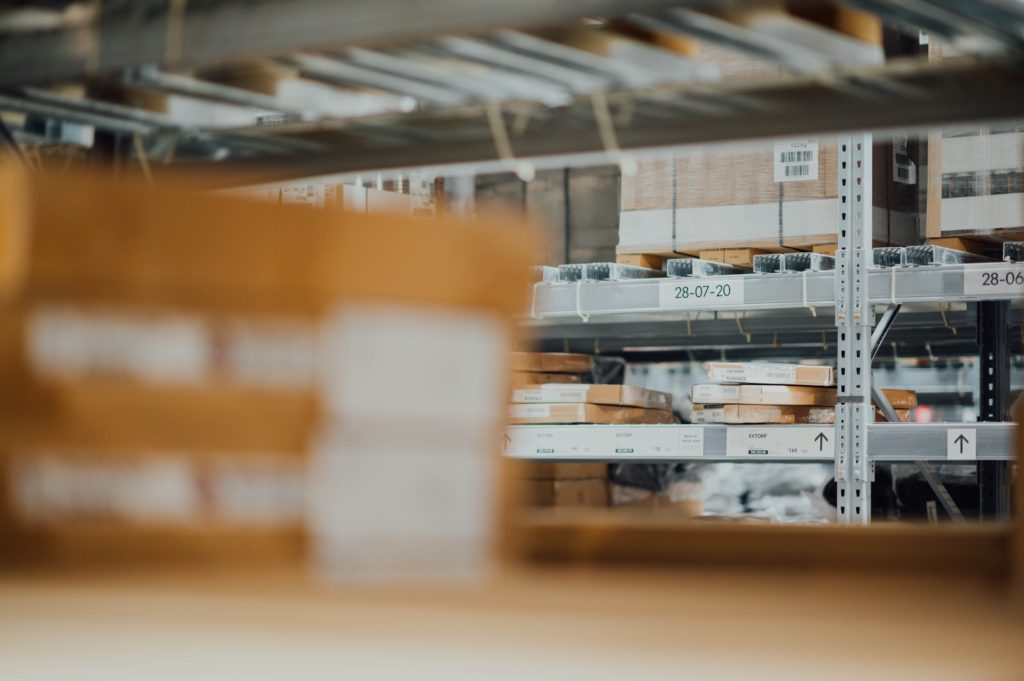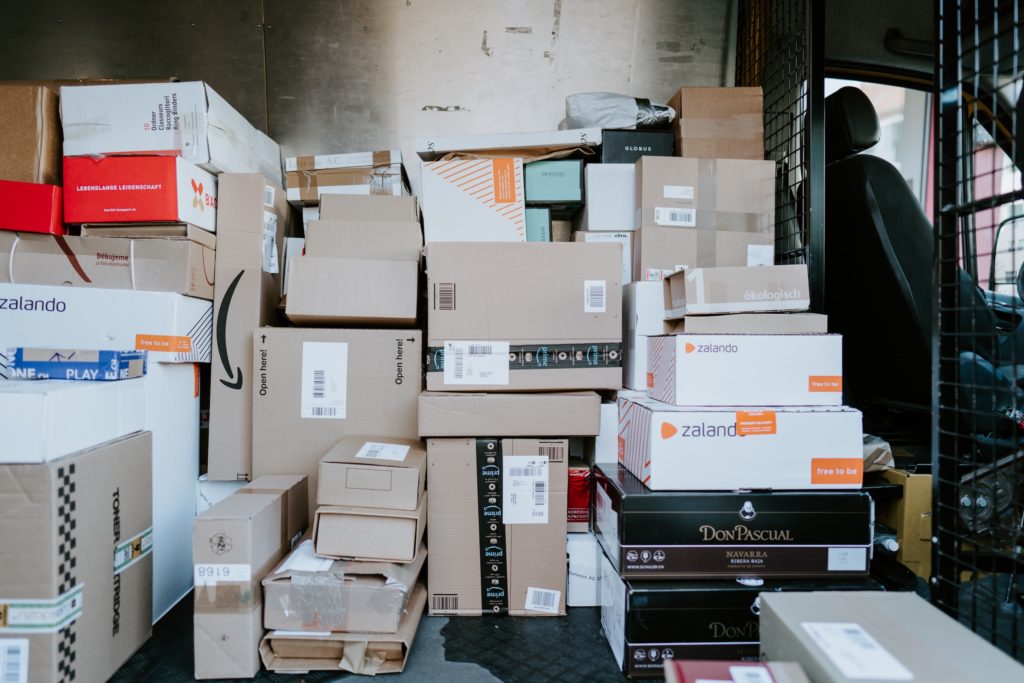customs classification
customs classification
What’s the difference between a HS code and tariff code?
If your business ships products internationally, you'll know that customs classification is a vital part of th...
Understanding classification complexities at Easter
At Easter, retailers have a great opportunity to capitalise on the sales of not only chocolate Easter eggs but...
A supplier-first approach to customs classification
Who knows your products best? Your suppliers of course. Putting them at the heart of the customs classificatio...
How to get the most out of your customs classification team
Customs compliance is rightly an ongoing concern for many businesses. The responsibility of assigning HS codes...
What’s changed in HS codes in the HS2023 update?
Whilst not as extensive as the five-yearly Harmonised System review in 2021-2022, there have been a number of ...
All you need to know about new HS 2022 commodity codes
The next challenge for cross border ecommerce is upon us as the new edition of the Harmonised System, HS 2022,...
Five benefits of using customs classification technology
Customs classification is complex. Whether you are classifying one or a thousand different SKUs you can quickl...
The high price of using incorrect tariff codes
There’s been plenty of reports of shipments arriving at borders with the wrong tariff code assigned but what...
What is a HS Code?
The HS Code is a six-digit code that identifies a commodity. HS code is short for Harmonised Commodity Descrip...
The importance of supplier engagement
Engaging with your suppliers is a key part of the smooth running of your supply chain. Good relationships, tru...








